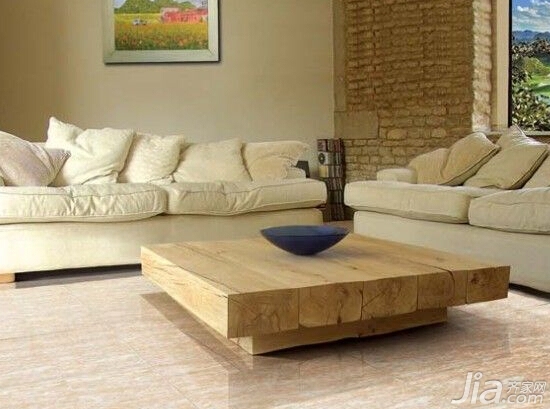Even if you don’t buy ceramic tiles, most people have some basic knowledge about them. While many are familiar with general classifications, few understand the subtle differences between types. For example, micro-powder tiles remain a mystery to many. Today, I’ll take you through what micro-powder tiles are and how they differ from other ceramic tiles. In fact, the distinctions between various ceramic tiles mainly come down to the materials used and the production processes involved.

What exactly is a micro-powder tile? After researching, I found out that it's a type of vitrified tile. Unlike solid-colored or speckled tiles, its production method gives it a unique surface effect. One way to identify it is by flipping the tile over and checking if the base color matches the surface color.

The production of micropowder vitrified tiles incorporates the most advanced technology from the polished tile series. Their introduction has significantly improved upon the shortcomings of traditional monolithic polished tiles, such as dull patterns, lack of shine, poor wear resistance, and low stain resistance. These tiles represent the future direction of polished tile development. The concept of micropowder tiles emerged around two years ago, and with the advancement in ceramic raw material preparation and secondary cloth technology, Foshan ceramics has led three major revolutions in the research and development of ultrafine powder products.

The first generation of micro-powder tiles were known as “shapi dog†tiles. However, their main limitation was an immature micro-powder mixing process, leading to uneven distribution and clumping, which resulted in visible “sharp dogs†on the surface—peeling-like stains that affected both appearance and internal quality. The second generation introduced chaotic grain micro-powder tiles, where random cloth technology improved significantly, reducing the “sharp dog†issue. However, this version still had limitations, such as a monotonous pattern and less realistic texture and color, failing to match the natural look of real stone.
Summary: Although micro-powder tiles have evolved considerably over time, it’s still important to choose carefully when purchasing to ensure you get a high-quality product that meets your expectations.
[Recommended by other wonderful articles]
Jinyi ceramic tiles are beautiful and affordable, bringing a touch of elegance to your home space.
Top 10 ceramic tile brands of 2013 and their price lists.
Nobel tile official website and price list.
Marco Polo tile prices and detailed price list.
How are new Zhongyuan tiles performing? Check out their latest pricing.
Shunhui tile official website and quotation information.
What, are you still paying for your renovation out of pocket? The Qi family is renovating in installments with an ultra-low annual interest rate of 3.55% and a maximum loan of 1 million. Apply now and enjoy exclusive discounts!
If you're interested in brand collaboration, content partnerships, or advertising opportunities on this site, please send an email to:
Tiles | Tile Purchase | Tile Brands | Space Design | Tile Rankings | Tile Classification | Tile Prices | Interior Design
Dispenser Paper Napkin,Dispensador De Papel Toalla,Customized Paper Napkin,Restaurant Napkins
BODA ENTERPRISE LIMITED , https://www.bodapaper.com